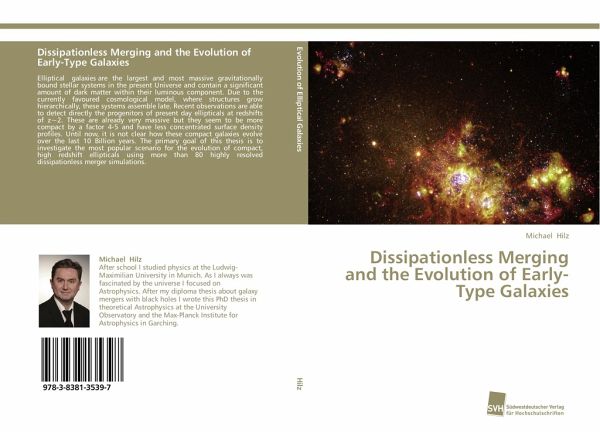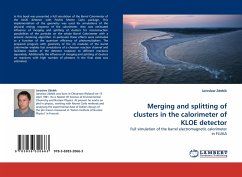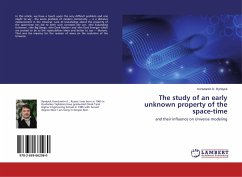
Dissipationless Merging and the Evolution of Early-Type Galaxies
Versandkostenfrei!
Versandfertig in 6-10 Tagen
46,99 €
inkl. MwSt.

PAYBACK Punkte
23 °P sammeln!
Elliptical galaxies are the largest and most massive gravitationally bound stellar systems in the present Universe and contain a significant amount of dark matter within their luminous component. Due to the currently favoured cosmological model, where structures grow hierarchically, these systems assemble late. Recent observations are able to detect directly the progenitors of present day ellipticals at redshifts of z~2. These are already very massive but they seem to be more compact by a factor 4-5 and have less concentrated surface density profiles. Until now, it is not clear how these compa...
Elliptical galaxies are the largest and most massive gravitationally bound stellar systems in the present Universe and contain a significant amount of dark matter within their luminous component. Due to the currently favoured cosmological model, where structures grow hierarchically, these systems assemble late. Recent observations are able to detect directly the progenitors of present day ellipticals at redshifts of z~2. These are already very massive but they seem to be more compact by a factor 4-5 and have less concentrated surface density profiles. Until now, it is not clear how these compact galaxies evolve over the last 10 Billion years. The primary goal of this thesis is to investigate the most popular scenario for the evolution of compact, high redshift ellipticals using more than 80 highly resolved dissipationless merger simulations.












